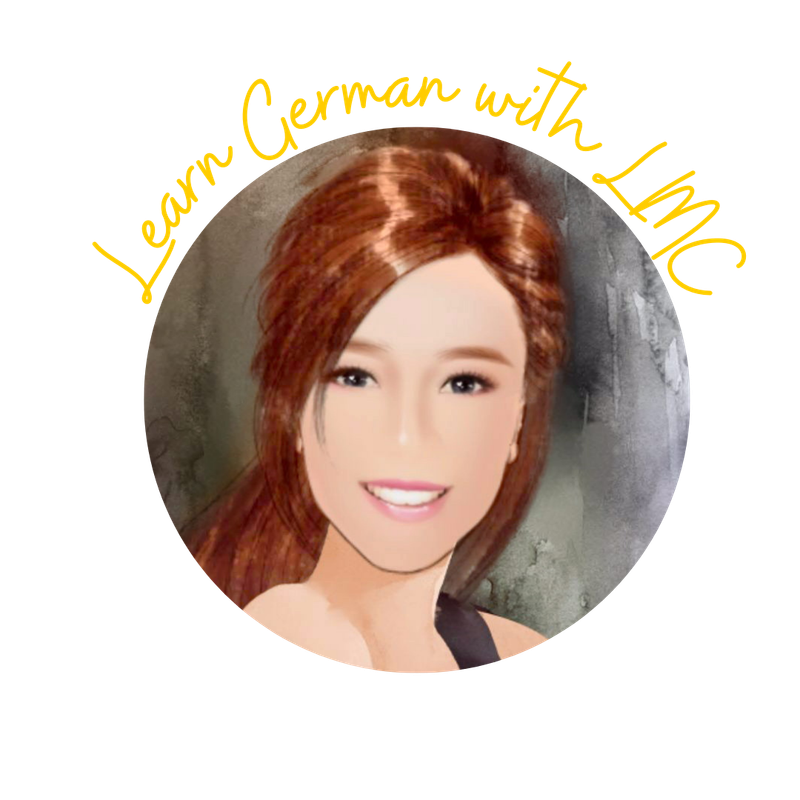We are now going to learn how to form sentences in German. This is important to master for you to pass the German A1 exam.
Look at these terms before we start.
Subject: the person or thing doing the action.
Verb: the action performed by the subject.
Object: the person or thing that is acted upon.
A basic German sentence has a subject, a verb and an object.
subject + verb + object.
Look at these examples.
Ich habe einen Hund.
Ich habe eine Katze.
Ich habe ein Baby.
Ich habe zwei Babys.
When forming a question, the verb switches position with the subject. Have a look at the example below to see how the structure changes.
Du spielst Fußball. (You play football.)
Spielst du Fußball? (Do you play football? Literally: Play you football?)
Similarly to the way we form questions, the subject can also change position when we add other information to the sentence, for example a time or a place.
I play football on Mondays.
Montags spiele ich Fußball.
Ich spiele montags Fußball.
The verb usually comes second after the subject, unless in a question. This can help you to understand sentences with unfamiliar vocabulary. As we have seen a while ago, in German, the basic sentence structure is formed in this way:
subject + verb + object.
The subject is doing the action, and the object is affected by it.
Das Essen ist gut. (The food is good.)
To ask a question, we simply move the verb to the beginning of the sentence and add a question mark at the end:
verb + subject + ... + ?
Woher kommen Sie? (Where are you from? - formal)
Yes/No Question
Ist das Essen gut? (Is the food good?)
We can usually reply to this type of question with a simple "yes" (ja) or "no" (nein). If we want to be more engaging and chatty, we can also say the question again in our response by changing the word order back to the basic structure, with the verb coming after the subject.
Look at the example below to see what this look like.
Question: Hat er braune Augen? (Does he have brown eyes?)
Anwer: Ja, er hat braune Augen. (Yes, he has brown eyes.)
We have alreadyseen the question word woher several times. Woher is an example of a "w"-question word.
The question word "woher" is a slightly different form of "wo". Both ask for a location.
wo: indicates where something is situated
woher: indicates where something or someone comes from
wohin: indicates where something or someone is going to.
In the next lesson, we are going to learn about regular verbs.
To go back to the lessons list, click here.


0 Comments